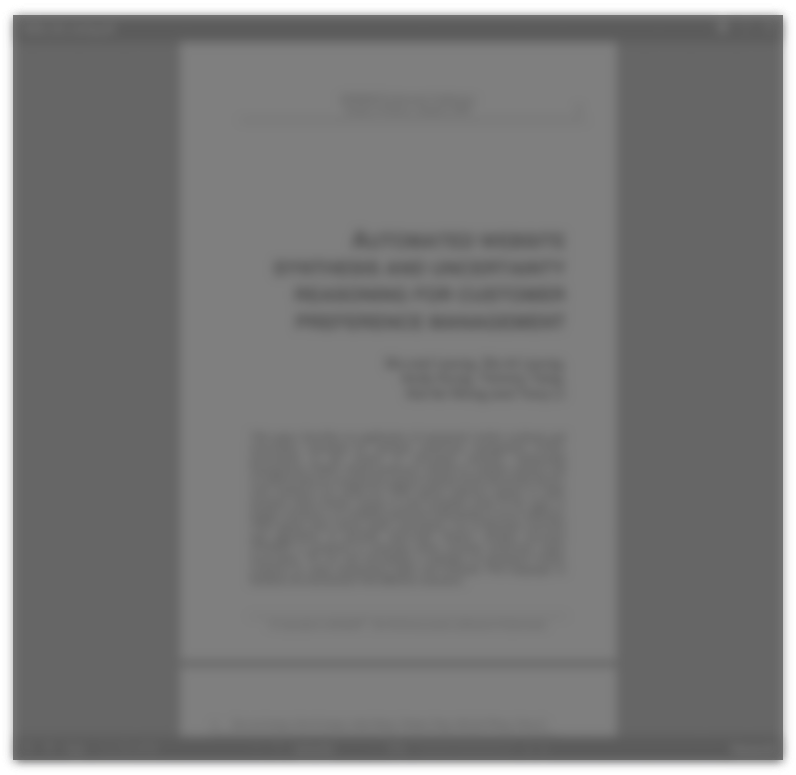Abstract:
Canada is a country of immigrants, and official government policy encourages bilingualism (English and French) and multiculturalism. Television services are provided in French and English across the country; cable and traditional over-the-air television stations offer programming in other languages. This presents many challenges for television audience measurement. This paper reviews the methodologies used in three recent studies designed to measure the television viewing of specific linguistic minorities, contrasting them with the procedures normally used for the regular television surveys of the general population conducted by BBM. It then reviews the results of the special studies, using them as benchmarks against which to measure the ability of the regular BBM surveys to measure ethnic minorities. Three questions are addressed: 1. Does the normal BBM survey process recruit the right proportion of members of linguistic minorities? 2. Is the sub-sample of the minority that is normally recruited representative of its population? 3. Does any of this make a difference to the published ratings results for the total population?
This could also be of interest:
Research Papers
 Ethnic minorities
Ethnic minorities
Catalogue: Seminar 1986: Qualitative Methods Of Research
Author: Alfred E. Bronner
Company: Veldkamp Marktonderzoek
 June 15, 1986
June 15, 1986
Research Papers
 The media behaviour of ethnic minorities in The Netherlands
The media behaviour of ethnic minorities in The Netherlands
Catalogue: Ethnic Marketing 2000
Authors: Richel M. Bernsen, E. Lohmann
 July 1, 2000
July 1, 2000
Research Papers
 Ethnic and cultural surveys
Ethnic and cultural surveys
Catalogue: ESOMAR Codes And Guidelines
Author: Leendert de Voogd
 December 1, 2007
December 1, 2007






